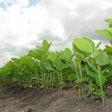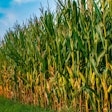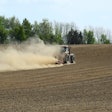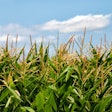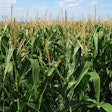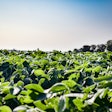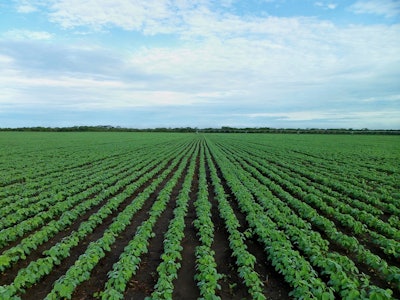
The U.S. Department of Agriculture's latest crop progress report reveals a mixed picture for corn and soybean development, with weather conditions playing a significant role in crop progress across the country.
As of July 6, 2025, 18% of the corn crop had reached the silking stage, slightly ahead of the five-year average of 15%. However, progress varied significantly by state, with Missouri leading at 46% silked, while northern states like Minnesota and North Dakota lagged at 6% and 4% respectively.
Corn condition ratings remained relatively stable, with 57% of the crop rated good to excellent, compared to 58% the previous week. Notable state-level variations persisted, with Illinois reporting only 13% of its corn crop in the top two categories, while Iowa boasted 86% in good to excellent condition.
For soybeans, 32% of the crop was blooming as of July 6, slightly ahead of the five-year average of 31%. Arkansas led the major producing states with 76% of its crop blooming, while North Dakota reported only 24% at this stage.
Soybean condition ratings showed 66% of the crop in good to excellent condition, down slightly from 67% the previous week. State-level conditions varied widely, with Louisiana reporting 87% of its crop in the top two categories, while Ohio had only 54% rated good to excellent.
The report also highlighted significant regional differences in moisture conditions. Topsoil moisture was rated as short to very short in 26% of the areas, while 74% had adequate to surplus moisture. Subsoil moisture showed a similar pattern, with 26% short to very short and 74% adequate to surplus.
Winter wheat harvest progress reached 53% complete, just behind the five-year average of 54%. Southern states like Texas and Oklahoma were nearing completion, while northern states were just beginning their harvest.
The USDA noted that an average of 5.3 days were suitable for fieldwork during the week, allowing farmers to make progress on crop management and harvesting activities where conditions permitted.
This report underscores the importance of weather patterns and regional variations in determining crop progress and condition, factors that will continue to influence agricultural markets and production estimates in the coming months.








